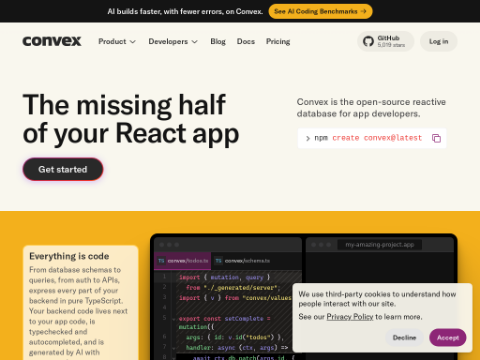Researchers are facing numerous challenges in ensuring that large language models (LLMs) adhere to ethical and safety guidelines. Current alignment techniques, such as supervised fine-tuning (SFT) and reinforcement learning from human feedback (RLHF), have limitations and can be manipulated, potentially leading to the generation of harmful content, rejection of legitimate requests, or difficulty in handling new situations.
These issues primarily stem from inadequate safety training, where models typically infer standards indirectly from data rather than learning them directly. This lack of direct learning limits their ability to handle complex prompts, reducing their effectiveness in subtle or adversarial contexts.
To address these challenges, researchers at OpenAI have proposed a new method called "Deliberative Alignment." This approach aims to teach models safety norms directly and train them to reason about these norms before generating responses, integrating safety principles into the reasoning process.
The method is implemented in two stages. In the first stage, the model learns to reference and reason about safety norms through supervised fine-tuning (SFT) using a dataset generated by the base model. In the second stage, reinforcement learning (RL) is employed, with a reward model evaluating performance based on safety benchmarks, further optimizing the model's reasoning process.
Unlike methods that rely on manually annotated data, "Deliberative Alignment" uses model-generated data and chain-of-thought (CoT) reasoning, reducing the resource requirements for safety training.
OpenAI has applied this technique to their o1 model, which has shown excellent performance in tests. In resisting jailbreak prompts, the o1 model scored 0.88 on the StrongREJECT benchmark, significantly higher than GPT-4o's score of 0.37. Additionally, this technique reduces false rejections, with the o1 model achieving an accuracy rate of 93% on benign prompts in the XSTest dataset.
"Deliberative Alignment" provides a scalable and interpretable solution for addressing complex ethical challenges by training models to explicitly reason about safety policies. The introduction of this method marks a significant step forward in enhancing the safety of large language models.








